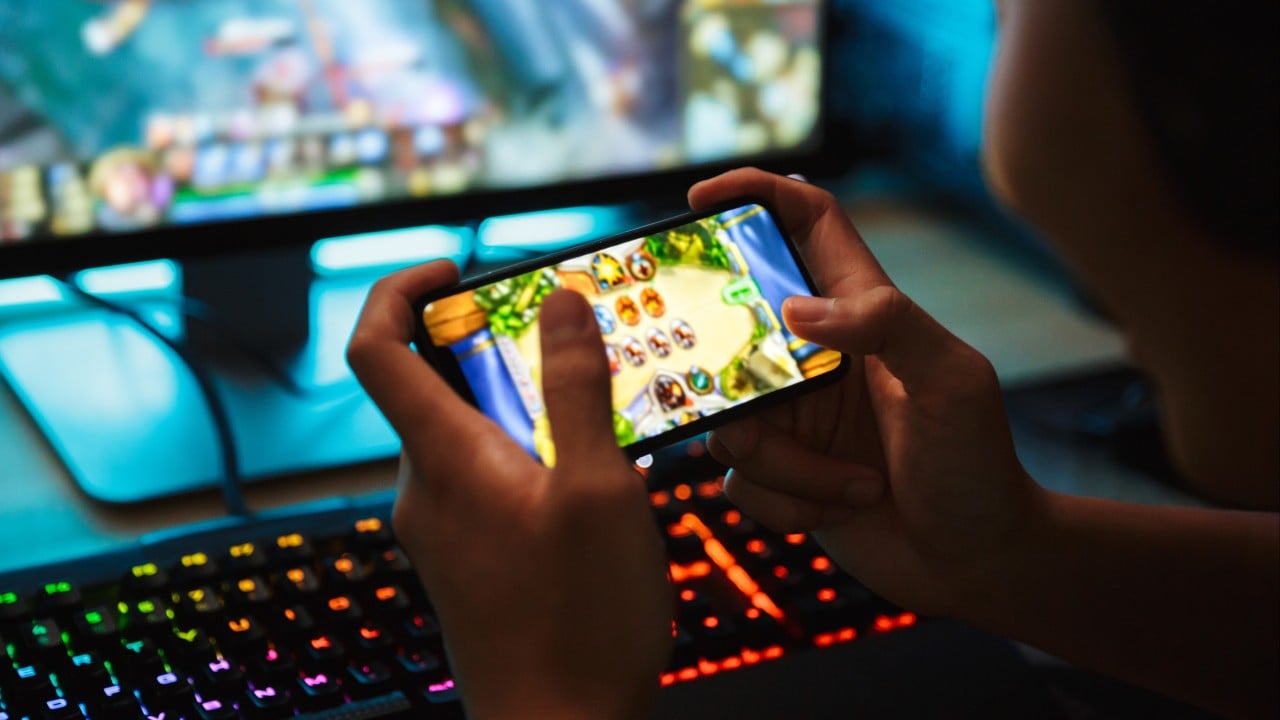A condition in which people’s eyes turn inward and make them look cross-eyed is reportedly on the rise in Japan due mainly to excessive and improper smartphone usage, with young people particularly vulnerable.
Advertisement
Known as acquired esotropia, the condition is a form of strabismus, or a misalignment of the eyes in which one eye deviates towards the nose and the other remains in its original position.
It appears more frequently among young Japanese, who experience double vision and poor depth perception, according to a report on the Japan Today news site published on Friday. Experts warn that using digital devices for long periods without proper distancing or while lying down can increase the risk of people being afflicted with the condition.
About one in 50 people in Japan have strabismus, with patients having one eye that is turned outward being most common, according to a study released last June by Kyoto University. Cases where a patient’s eye turns inward, however, have risen in recent years.
A separate study conducted by two Japanese eye associations – the Japanese Association for Strabismus and Amblyopia and the Japanese Association of Pediatric Ophthalmology – involving nearly 200 patients with acute strabismus looked at their condition after three months of proper use of their digital devices.
Advertisement
Even after these patients kept their devices at least 30cm (12 inches) away from their eyes and took five-minute breaks every 30 minutes, 56 per cent of them either did not experience any change or their symptoms worsened, found the study published in the Japanese Journal of Ophthalmology in March this year.

